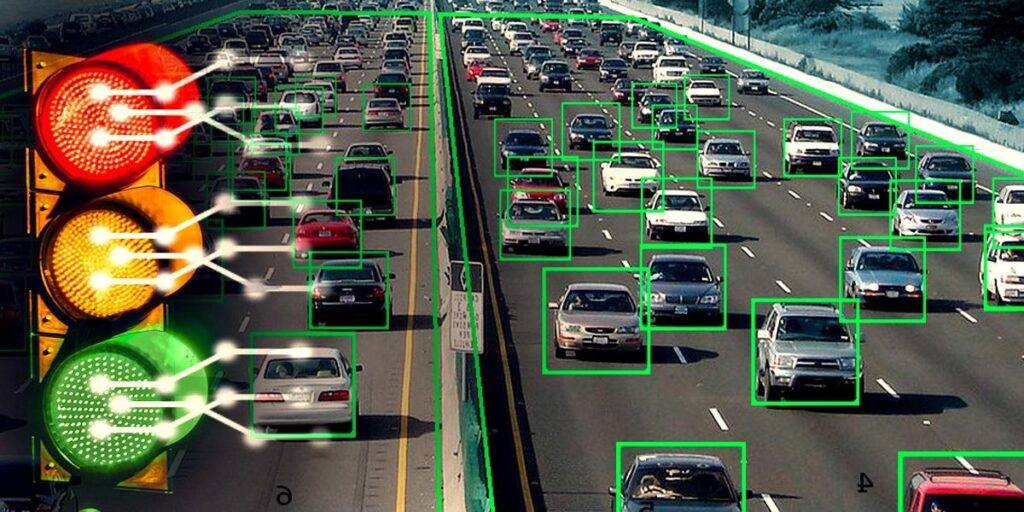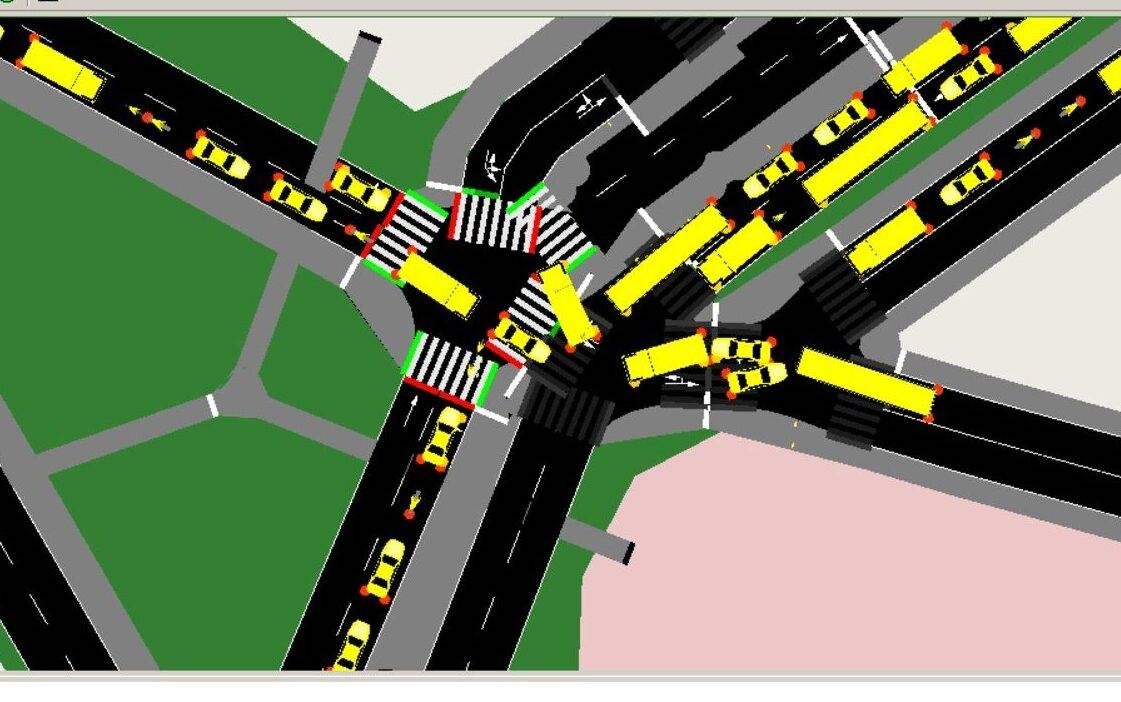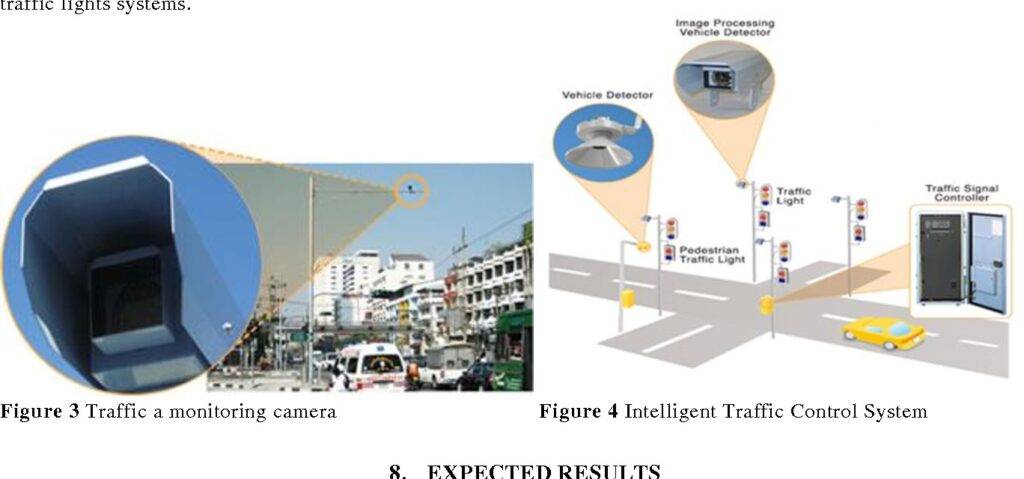Artificial intelligence (AI) is the most important branch of computer science in this era of big data. AI was born 50 years ago and came a long way, making encouraging progress, especially in machine learning, data mining, computer vision, expert systems, natural language processing, robotics, and related applications. Machine learning is the most popular branch of AI. Other classes of AI include probabilistic models, deep learning, artificial neural network systems, and game theory. These classes are developed and applied in a wide range of sectors. Recently, it has been the leading research area in transportation engineering, especially in traffic congestion prediction. Traffic congestion prediction provides the authorities with the required time to plan in the allocation of resources to make the journey smooth for travelers.

AI TO TACKLE ROAD TRAFFIC CONGESTION:
AI traffic management is poised to revamp urban transportation, relieving bottlenecks and choke-points that routinely snarl our urban traffic. This will help us reduce not only congestion and travel time but will also reduce emissions. Traffic congestion mostly occurs due to the negligence of certain factors like distance maintained between two moving vehicles, traffic lights, and road signs. congestion leads to higher fuel consumption, increased air pollution, unnecessarily wastage of time & energy, chronic stress & other physiological problems, whereas higher traffic violations are the major cause of road fatalities. Intelligent traffic management systems refer to the usage of AI, machine learning, computer vision, sensors, and data analysis tools to collect and analyze traffic data, generate solutions, and apply them to the traffic infrastructure. AI can use live camera feeds, sensors, and even Google Maps to develop traffic management solutions that feature predictive algorithms to speed up traffic flow. Siemens Mobility recently built an AI-based monitoring system that processes video feeds from traffic cameras. It automatically detects traffic anomalies and alerts traffic management authorities. The system is effective at estimating road traffic density to modulate the traffic signals accordingly for smoother movement. The integration of artificial intelligence and machine learning will support many smart transportation applications including emergency vehicle preemption, transit signal priority, and pedestrian safety.

AI IN AVIATION TRAFFIC CONTROL
Air traffic management stands to benefit significantly from artificial intelligence (AI) under its reliance on repetitive activity – which lends itself to analysis and machine learning. In addition, much of the complexity is embedded in the driving factors that deliver safe air traffic control: for example flight planning, flow management, safety assessments, and conflict prediction.

FUTURE OF AI IN TRAFIC MANAGEMENT
Every year a large number of new vehicles appear on streets worldwide, contributing to traffic congestion. AI and deep learning technologies can play a vital role in managing traffic by collating and analyzing data from a variety of sources. Insights from them can accelerate traffic movements. The future of AI in traffic management would give birth to smart AI applications that automate and accelerate processes.


ADVANTAGES OF AI IN TRAFFIC CONGESTION :
The use of Artificial Intelligence (AI) and Intelligent Traffic Management (ITMS) can help tackle & solve many such issues related to traffic law enforcement. It can facilitate a smooth, convenient & safer experience for commuters by improving road traffic discipline. Such a system can’t only help law enforcement agencies in penalizing the offenders but can act as a deterrent as well. Intelligent Traffic Management System (ITMS) is an Artificial Intelligence (AI) based application coupled with cameras installed at the traffic junctions, which provide a tool to detect and identify vehicles disobeying traffic rules and generate real-time alerts at the Central Command Center. It can automatically challan the offenders as per law of the land and can send it electronically to the violators. Each e-challan is associated with supporting evidence data in terms of snapshots & videos. This system can also track the flow and pace of traffic movement to provide real-time traffic management. In addition to improving traffic conditions, ITMS also contributes towards smart city goals like environmental sustainability. To improve traffic behavior & avoid congestions in a city, a Traffic management & enforcement system can be deployed to solve traffic-related issues, including but not limited to – Automated Number Plate Reading, Red Light Violation Detection, Speed Violation Detection, Triple Riding & No Helmet Detection, Free Left Turn Obstruction, Wrong-Way Driving, No Seat Belt & Mobile phone usage while driving, Hot listed vehicle detection, Traffic Flow & Congestion detection, etc.
Such an ITMS system can be integrated with the existing CCTV & Traffic Control system to provide a holistic solution towards preventing the current traffic menace. Not only this, various AI-based traffic analytic can be deployed over existing Traffic enforcement and surveillance system also, with minor tweaking & adjustments, resulting in a highly optimized solution at a lower cost to the public exchequer.
An AI-powered system, trained in deep learning can reduce traffic. Commuters can plan their journeys as per system updates. Since it takes every small detail of roads into account, an AI-powered system will keep the drivers and road authorities one step ahead. Here are a few significant advantages of having an AI-powered system for traffic analysis:-
1) Lane-by-lane analysis
The system can analyze traffic in different lanes with enough precision to ease traffic movements. Using the data, drivers can reduce their commuting time significantly. Effectively, drivers and road authorities can make better decisions to avoid traffic congestion.
2) Real-time updates to keep driver one step ahead
Every critical information about road conditions, from road accidents to congestion, puts driver and road authorities one step ahead.
3) Wide coverage
An AI-powered system has the potential to analyze traffic across multiple regions. It can map the most efficient routes and alter traffic signals to improve traffic conditions.
4) Fuel minimization
AI and machine learning algorithms identify the least-efficient vehicles, track their path and speed and change the traffic signals ahead of the vehicles. This eliminates much of the inefficient starting and stopping at intersections and minimizes fuel consumption.


APPLICATIONS OF AI IN TRAFFIC CONTROL
As far as using Artificial Intelligence in open space, such as roads, is concerned, it can be considered to be a possibility to install an AI-enabled traffic management system as part of the infrastructure before launching the self-driving vehicles. An AI-enabled traffic management system can provide greater leeway to self-driving vehicles as they can then be directed and controlled more by the external environment. Recently, the Delhi Traffic Police has obtained permission from the Ministry of Home Affairs to set up an intelligent traffic management system (ITMS) which will work on radar-based monitoring with the help of Artificial Intelligence. One of the key tools in the system will be automated traffic signals. It will help the Delhi Traffic Police to analyze the traffic pattern, volume, number of vehicles and collect them on a cloud which will be further used to manage the traffic. It will also contain features like high-resolution CCTV cameras to capture commuters and motorists breaking the laws and automated number plate recognition cameras (ANPR) to directly send the challan (fine slip) to the homes of lawbreakers. With Artificial Intelligence working with traffic signals based on traffic volume, the congested roads can be opened up for a longer duration for more traffic to clear up leading to a reduction in congestion.


CONCLUSION
Traffic congestion prediction is getting more attention from the last few decades. With the development of infrastructure, every country is facing a traffic congestion problem. The development of artificial intelligence and the availability of big data have led researchers to apply different models in this field. Deep learning algorithms became more popular with time as they can assess a large data set. However, a wide range of machine learning algorithms is yet to be applied. Therefore, a vast opportunity for research in the field of traffic congestion prediction still prevails. The power of AI that propels a lot of the data analysis of these systems, is also what powers the navigation systems of ride-hailing as well as last-mile delivery operators. Deliveries or order fulfillment that had to be delayed in the past, can now be enhanced significantly as cities around Asia continue taking up such intelligent traffic systems.


Blackcoffer Insights 32: Swapna. G, Sri Manakula Vinayagar Engineering College(SMVEC), Puducherry














